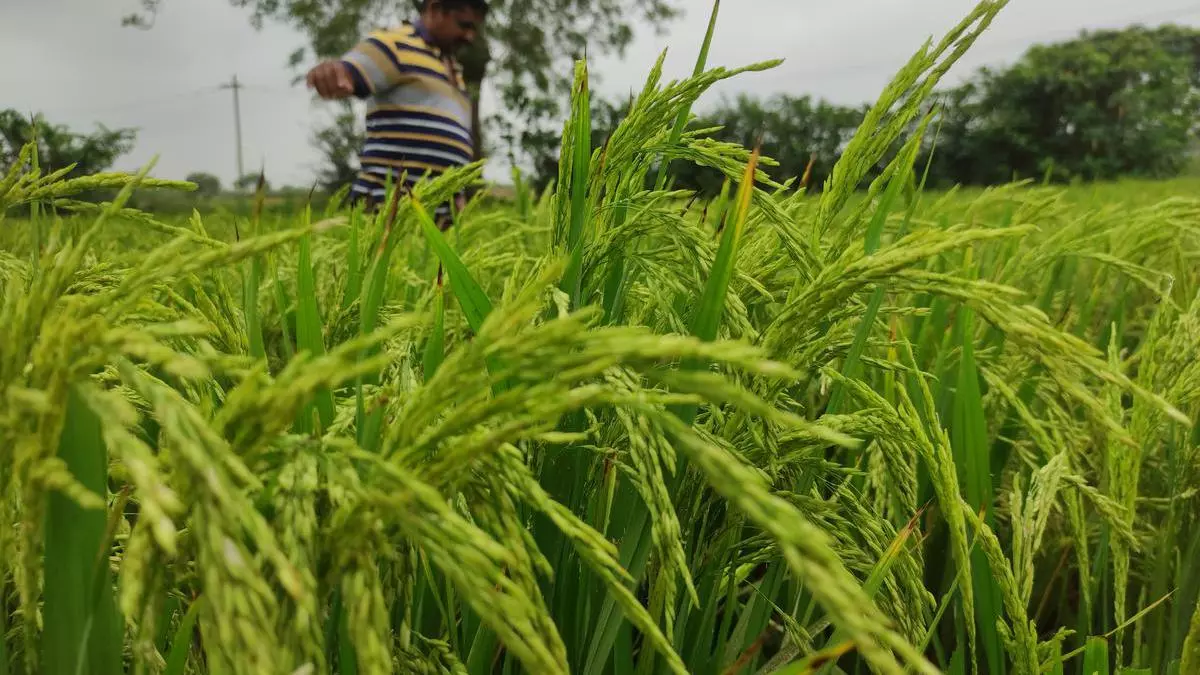Transforming agro economy through e-auctions
The importance and significance of agricultural commodities in our national economy and the need for justice and transparency in this sector is an established fact and is not what I want to address here. I would like to start with the Indian Food Corporation, which is an institution of the Government of India, charged with ensuring the food security of the nation.
In January this year, such as wheat and atta The prices of (flour) rose in the local market, and the government decided to intervene and decided to sell a predetermined quantity of wheat in the open market so that the prices could be controlled. There was a scarcity of wheat on the open market, and over the course of about 45 days and six online auction events, the goal was achieved.
digital ecosystem
The significance of these online auction events in the context of the national interest is not far fetched. It required speed, accuracy, domain knowledge, market access and a superior platform. With the increasing need to ensure fair prices, and fair distribution of agricultural commodities, it is necessary to make use of modern technologies.
It is certainly positive that the Indian government is aligned with this and has taken concrete steps in this direction. Indian Digital Agriculture Ecosystem, National Agriculture Market (e-NAM) and BSE Electronic Agricultural Markets (BEAM) are some of them that aim to transform the agricultural sector. Rapid adoption will be key to ensuring that this sector is free from all the drawbacks that come with manual processes. The 2023 budget announced the creation of a public digital infrastructure for agriculture to develop digital solutions focused on farmers.
Also read: Wheat prices rose 2.5% in the past week as FCI purchases lost pace
I believe that switching to online auctions is the simplest and most effective way for farmers to benefit from technology. However, in such traditional sectors, this transition is always slow and requires a lot of hand-holding and persuasion. But with the government taking the lead, the outlook certainly seems bright. NAFED, Tea Board and Spices Board of India are some of the others that come to mind that have adopted this path for efficiency and transparency in their operations.
Site neutral
The e-auction process ensures that farmers receive fair prices, and since the entire process is automated, the credentials, capabilities, and track record of the entity conducting the e-auctions are of great importance. Because online auctions are not location specific, the process ensures that buyers can participate from anywhere. On the other hand, farmers, who mostly reside in remote areas, are not at a disadvantage due to their locations. Also, thanks to digital payments, farmers can receive money directly into their accounts.
As I said earlier, it bodes well that the Union Government is aligned with the idea that electronic auctions are the way forward for agricultural commodities. In fact, in 2015 the government asked state governments to choose, where possible, online auctions for the purchase of agricultural commodities. This was followed by the establishment of the Agricultural Market Commission (APMC) by state governments to ensure that farmers are protected from exploitation by large retailers, as well as to ensure that the farm-to-retail price spread does not reach excessively high levels.
While the three new agricultural laws could not be implemented, a host of online auction and e-commerce platforms have begun to standardize their operations to provide farmers with trading options beyond the regular mandis.
While domain knowledge and farmers’ sensibilities will continue to be crucial, I hope that more and more agricultural commodities will fall within the realm of efficient, convenient, and transparent online auction platforms.
The author is MD, mjunction services limited
